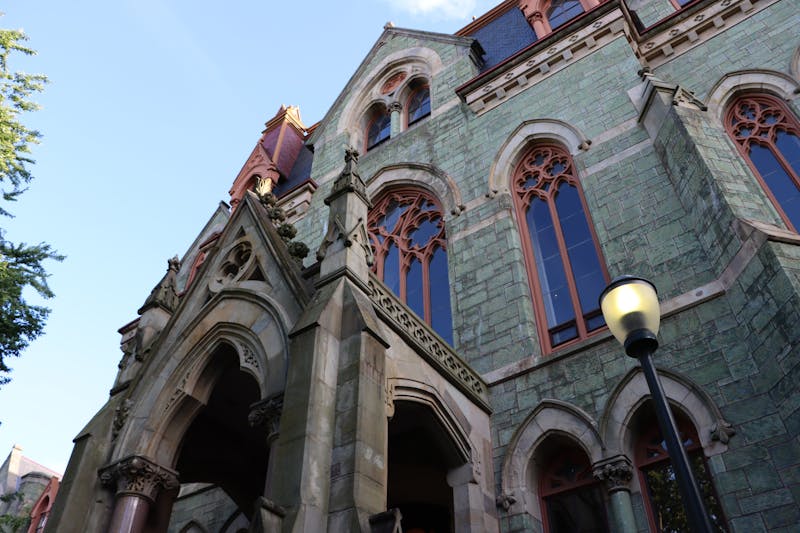Thanks to a plan created by a team from the School of Design, the northeast corridor may soon be on the right track for high-speed rail development.
Last Thursday, the House of Representatives Committee on Transportation and Infrastructure held a hearing in New York to discuss the possibility of high-speed rail development in the Northeast corridor.
Currently, the House is divided on the best way to carry out a high-speed rail development plan. Members of the Obama administration believe it would be best to carry out a national plan, while others argue it would be better to first implement high-speed rail in the highly congested northeast corridor.
PennDesign alum Jeff Barg, who was present at the hearing last week, agreed with the latter plan.
“I do think there’s no place in the country that could be a better example [of successful high-speed rail] than the northeast corridor,” Barg said.
Barg — who graduated from his masters program in spring 2010 and took a seminar on high-speed rail systems in his last semester — said “the northeast is the densest part of the country.”
“We have the amazing anchor of Boston, New York, Philly, D.C., and it’s Amtrak’s most profitable corridor currently,” he said. “It’s really the ideal place to make a case for high-speed rail and to show that a high-speed rail line could work in America.”
According to PennDesign professor Bob Yaro, “the PennDesign studio has really elevated the discussion about the opportunity for a world-class high speed rail system in the northeast.”
Yaro — who works with a team of PennDesign students on high-speed rail — explained that the team concluded that high-speed rail can increase travel speed and yield more frequent train times.
PennDesign masters student Lauren Gaito, who attended last week’s hearing, said, “the hearing was very exciting for us because we are moving forward with our plan for high-speed rail.”
The challenge of financing such a system is now the primary focus for the PennDesign team, Gaito added.
The team is evaluating different options for what the government structure should look like for high-speed rail implementation, she said, adding that the project would ideally be funded by both the public and private sectors.
Although high-speed rail implementation in the northeast corridor could take anywhere from 15 to 20 years, Barg remains optimistic.
Barg said that while he has “no idea how likely [the plan] is to be enacted, we definitely have some good champions in government. Florida Rep. John Mica [is] a big fan of the high-speed rail and definitely wants to bring it to the northeast corridor.”
The Daily Pennsylvanian is an independent, student-run newspaper. Please consider making a donation to support the coverage that shapes the University. Your generosity ensures a future of strong journalism at Penn.
DonatePlease note All comments are eligible for publication in The Daily Pennsylvanian.







